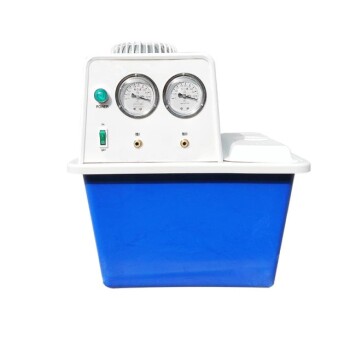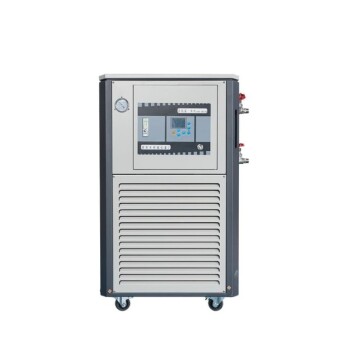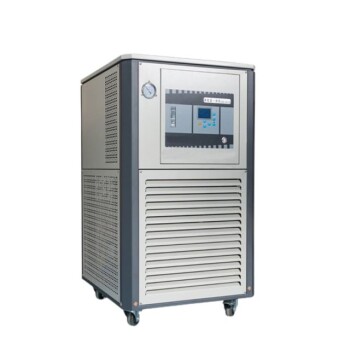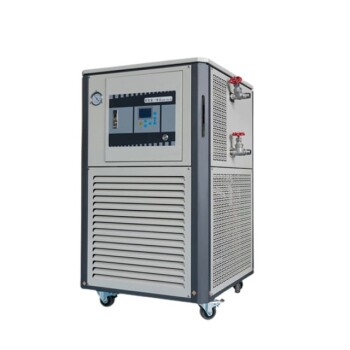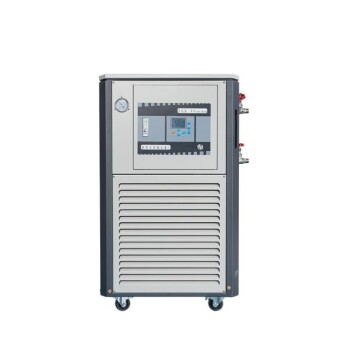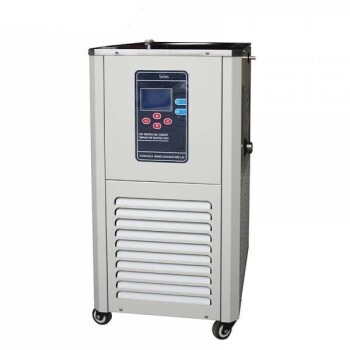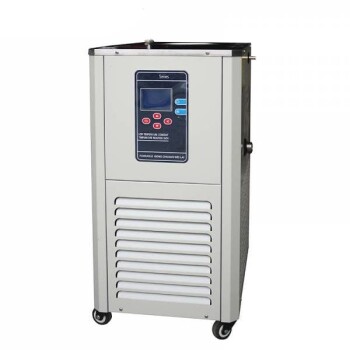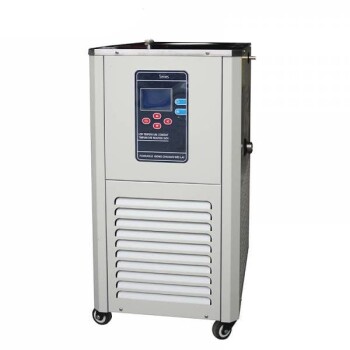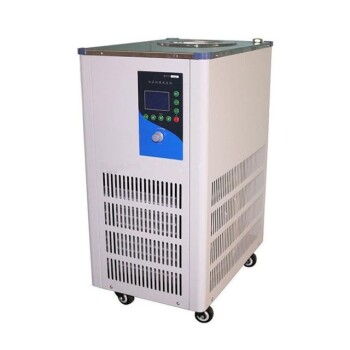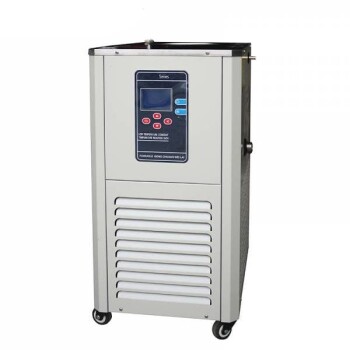Introduction to Cooling Methods
Common Cooling Methods
When it comes to cooling methods for rotary evaporators, several options are available, each with its own set of advantages and limitations. Traditional methods such as dry ice condensers offer a cost-effective solution but may not provide the consistent temperature control required for certain experiments. Similarly, self-built cooling systems can be customized to specific needs but often lack the robustness and reliability of commercial systems. Tap water, while readily available, is generally insufficient for maintaining the low temperatures needed in many distillation processes.
However, for most laboratory applications, purchasing a cooling circulator is often the most practical and efficient solution. These systems are designed to maintain precise temperature control, ensuring consistent performance across a wide range of experiments. They typically include built-in pumps that facilitate the circulation of coolant, enhancing the efficiency of heat absorption in the condenser. This not only improves the overall performance of the rotary evaporator but also ensures safer and more reliable operation.
In summary, while alternative cooling methods like dry ice, self-built systems, and tap water have their uses, investing in a cooling water circulator is often the best choice for ensuring optimal and consistent results in distillation experiments.
Operation of Cooling Circulation Systems
Cooling circulation systems are integral to maintaining optimal conditions in rotary evaporators, ensuring efficient heat management during distillation processes. These systems function through a combination of coolants, built-in pumps, and condensers, each playing a crucial role in the heat absorption and transfer process.
Coolants are the lifeblood of these systems, responsible for absorbing and dissipating heat. Common coolants include water, glycol mixtures, and other specialized fluids, each chosen based on their thermal properties and the specific requirements of the distillation experiment. The coolant flows through the system, absorbing heat from the process and transferring it to the condenser.
Built-in pumps are essential for circulating the coolant through the system. These pumps ensure a consistent flow of coolant, which is critical for maintaining uniform temperature distribution and efficient heat transfer. The pressure and flow rate of the pump are meticulously calibrated to match the system's requirements, balancing efficiency with the need for consistent performance.
The process of heat absorption primarily occurs in the condenser, where the coolant's temperature is raised due to the heat absorbed from the distillation process. The condenser is designed to maximize surface area for heat exchange, facilitating the transfer of heat from the coolant to the surrounding environment. This heat dissipation is crucial for maintaining the desired temperature conditions within the rotary evaporator, ensuring the distillation process remains within the optimal range.
In summary, the operation of cooling circulation systems involves a coordinated effort between coolants, pumps, and condensers to manage heat effectively, thereby supporting the efficient and safe operation of rotary evaporators.
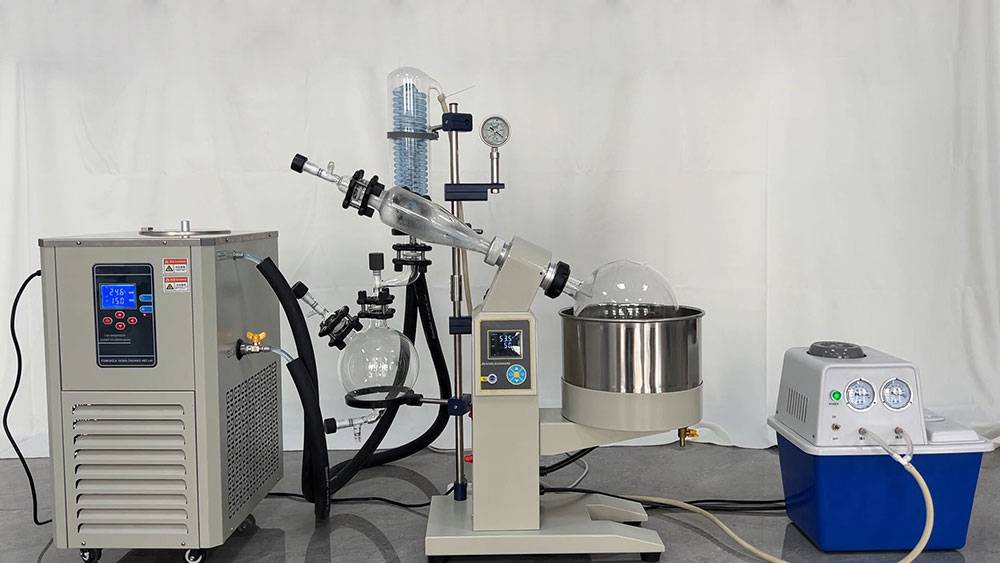
Key Factors in Choosing a Cooling Circulation System
Minimum Condensing Temperature and Cooling Capacity
Matching the system's minimum condensing temperature to the solvent's boiling point is crucial for efficient distillation. This ensures that the solvent vaporizes and condenses effectively, enhancing the overall performance of the rotary evaporator. The Rule of 20 is a practical guideline that suggests the cooling system should be capable of reaching a temperature 20°C below the solvent's boiling point. This margin allows for effective condensation without risking overheating or undercooling.
To illustrate, consider a solvent with a boiling point of 50°C. According to the Rule of 20, the cooling system should be able to achieve a minimum temperature of 30°C. This ensures that the vaporized solvent can be adequately cooled and condensed back into a liquid state, facilitating continuous and efficient distillation.
| Solvent Boiling Point (°C) | Required Minimum Condensing Temperature (°C) |
|---|---|
| 50 | 30 |
| 60 | 40 |
| 70 | 50 |
Failing to adhere to this rule can lead to inefficiencies and potential safety hazards. For instance, if the cooling system cannot reach the necessary temperature, the solvent may not condense properly, leading to loss of material and potential contamination. Conversely, if the system is capable of reaching temperatures far below the required minimum, it may lead to unnecessary energy consumption and increased operational costs.
In summary, understanding and applying the Rule of 20 is essential for optimizing the performance of your rotary evaporator. By ensuring the cooling system's minimum temperature aligns with the solvent's boiling point, you can achieve efficient distillation, minimize material loss, and ensure safety in your experiments.
Pump Pressure
The pressure generated by the pump within a cooling circulation system plays a crucial role in both the efficiency and safety of the system. Understanding the range of pump pressures and how they affect the system is essential for optimizing performance.
Impact on Efficiency
Pump pressure directly influences the flow rate of the coolant, which in turn affects the heat transfer efficiency within the condenser. Higher pump pressures can enhance the flow rate, ensuring that the coolant circulates more rapidly through the system. This rapid circulation allows for more effective heat absorption, thereby increasing the overall efficiency of the cooling process. However, it is important to strike a balance, as excessively high pressures can lead to unnecessary wear and tear on the system components.
Impact on Safety
Safety is another critical consideration when dealing with pump pressures. High pressures can pose risks such as leaks or even system failures if the components are not designed to handle such conditions. Conversely, low pressures may result in inadequate coolant flow, leading to inefficient cooling and potentially causing the system to overheat. Ensuring that the pump pressure is within the recommended range for the specific system components is vital to maintaining both safety and efficiency.
In summary, selecting the appropriate pump pressure involves a careful balance between optimizing system efficiency and ensuring operational safety. This balance is essential for the reliable and effective operation of the cooling circulation system in a rotary evaporator.
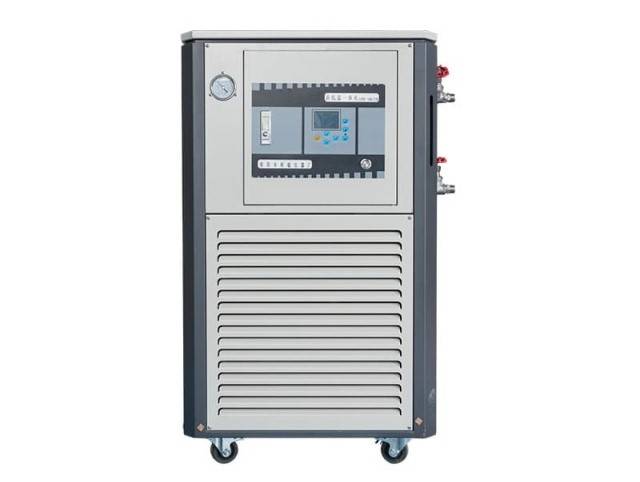
Pump Flow Rate
The pump flow rate is a critical parameter in determining the efficiency of a cooling circulation system, particularly in its impact on the residence time of coolant within the condenser. Residence time, the duration that coolant remains in the condenser, directly influences the heat transfer process. A shorter residence time may result in insufficient heat exchange, leading to suboptimal cooling performance. Conversely, an excessively long residence time can cause energy inefficiencies and unnecessary wear on the system.
To better understand this relationship, consider the following table:
| Pump Flow Rate | Residence Time | Heat Transfer Efficiency |
|---|---|---|
| Low | Long | Poor |
| Optimal | Moderate | High |
| High | Short | Poor |
An optimal pump flow rate balances the need for efficient heat transfer with the requirement for minimal energy consumption. This balance is crucial for maintaining the system's overall efficiency and longevity. Therefore, selecting a pump with a flow rate that aligns with the specific demands of the rotary evaporator is essential for achieving the desired cooling outcomes.
Suitable Accessories
When selecting suitable accessories for your cooling circulation system, the choice of coolants and cooling water lines plays a crucial role. The right coolant ensures efficient heat transfer and maintains the desired temperature, while reinforced cooling water lines provide durability and reliability, especially under high-pressure conditions.
Coolant Selection
Choosing the appropriate coolant is essential for optimizing the performance of your cooling circulation system. Coolants should be selected based on their thermal properties, compatibility with the system materials, and the specific requirements of your application. Common coolants include water, glycol mixtures, and refrigerants, each with distinct advantages and limitations.
- Water: Ideal for applications requiring moderate cooling, water is cost-effective and readily available. However, it may not be suitable for very low temperatures or environments where freezing is a concern.
- Glycol Mixtures: These coolants offer better freeze protection and can operate at lower temperatures. They are particularly useful in applications where the system needs to function in cold environments.
- Refrigerants: Highly effective for extreme cooling needs, refrigerants can achieve very low temperatures. They are often used in specialized applications where precise temperature control is critical.
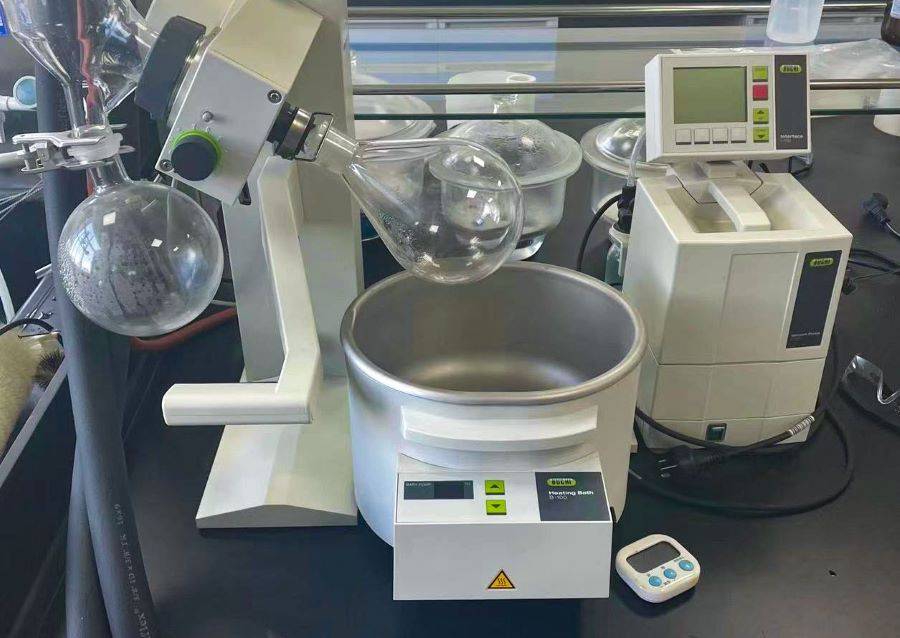
Reinforced Cooling Water Lines
Reinforced cooling water lines are designed to withstand the pressures and stresses encountered in cooling circulation systems. These lines are typically made from materials like stainless steel or reinforced polymers, ensuring durability and longevity. Key considerations when selecting cooling water lines include:
- Material Strength: The material should be robust enough to handle the pressures generated by the system's pump and the thermal stresses from the coolant.
- Flexibility: While strength is crucial, the ability to flex without kinking or breaking is also important, especially in systems with complex layouts.
- Corrosion Resistance: The lines should be resistant to corrosion from the coolant and the environment, ensuring a long service life.
By carefully selecting both the coolant and the cooling water lines, you can enhance the efficiency and reliability of your cooling circulation system, ensuring optimal performance for your rotary evaporator.
Related Products
- Laboratory Benchtop Water Circulating Vacuum Pump for Lab Use
- 5L Heating Chilling Circulator Cooling Water Bath Circulator for High and Low Temperature Constant Temperature Reaction
- 20L Heating Chilling Circulator Cooling Water Bath Circulator for High and Low Temperature Constant Temperature Reaction
- 50L Heating Chilling Circulator Cooling Water Bath Circulator for High and Low Temperature Constant Temperature Reaction
- 10L Heating Chilling Circulator Cooling Water Bath Circulator for High and Low Temperature Constant Temperature Reaction
Related Articles
- A Step-by-Step Guide to Using a Rotary Vacuum Evaporator for Solvent Removal
- The Importance of Water Distillation in the Laboratory: Ensuring Purity and Quality for Accurate Results
- How to Choose and Optimize Water Circulating Vacuum Pumps for Your Lab
- Step-by-Step Guide to Operating a Short Path Distillation Apparatus
- Exploring the Science Behind Rotary Evaporators: How They Work and Their Applications

